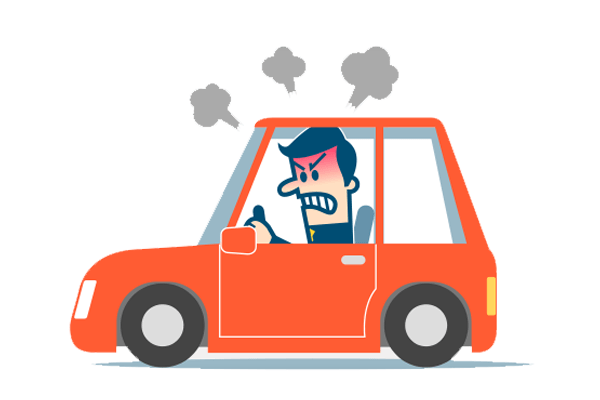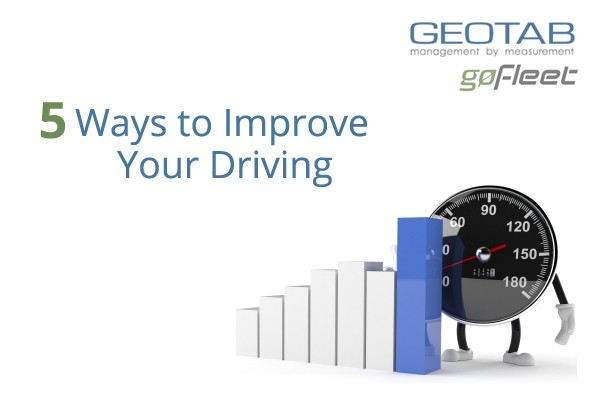Reduce Distraction, Be Proactive, Improve Driving
You should never stop improving driving skills. Many of us get over confident or too comfortable in our bad habits that we often forget simple defensive driving skills. Driving defensively is the best way to avoid traffic accidents and keep the roads a safer place.
Avoid Getting Distracted
Distracted drivers are 3 times more likely to be involved in an accident than attentive drivers (CAA Distracted Driving Statistics). Anything that takes your eyes off the road makes your reaction time much slower to the constantly changing road conditions. Cell phone use if a huge contributor, but this can be avoided easily with a Bluetooth device. Cell phone use may be the most commonly recognized form of distracted driving but anything from eating your lunch while driving to fiddling with the controls on your car can be just as distracting. Try your absolute best to avoid any distractions.
Be Proactive
A very common piece of driving advice is to not trust any other driver while on the road. This refers to never knowing what another driver may or may not do. We have all experienced those drivers who forget to turn off their turning signals or those aggressive drivers right on your bumper. Always remember, the only thing you are in control of is your own driving.
Try to look 10-15 seconds ahead of where you are going while constantly checking your rear-view mirrors to stay aware of your surroundings. Anticipate what the other drivers around you will be doing but also envision an escape route in case of an emergency situation. This will greatly increase your awareness.
Being proactive also means avoiding any situation that may increase the chance of a traffic accident. For example: sometimes you may be getting tailgated in the left lane on the highway even when going above the speed limit. As much as you may like to force that person to slow down by staying in front of them, it is most likely not worth the risk. By letting this person pass it leaves both drivers to continue on without conflict.
Smooth & Steady Driving Control
You want to make sure your control operation is done as smoothly as possible. Lightly applying pressure to your gas and brake pedal as opposed to having a lead foot will save you money on fuel and on vehicle wear. It will also give you the most control of your vehicle. This becomes even more important in bad weather conditions where hard braking or accelerating can force your vehicle into the wrong direction. It is also important to be as familiar with your vehicle and its safety features (ABS, traction control, 4WD, etc.) as possible. You want to know how your vehicle will react in all kinds of situations to avoid any surprises while driving.
How can GoFleet help?
GoFleet’s Geotab GO devices are designed to reduce driver interactions. Limiting notifications coming from the device to audible alerts allows the driver to get feedback on their driving while maintaining complete focus on the road. By using driver feedback with accelerometer data, Geotab is able to alert the driver when they exceed a certain amount of force.
Being a proactive driver continues when you are out of the vehicle. You can use GoFleet’s Geotab GO GPS Tracking Device to keep up with vehicle maintenance to ensure your vehicles are in top shape.
To learn more about GPS fleet tracking and how GoFleet can help you improve your driving habits and keep your fleet vehicles in top shape, contact one of our fleet consultants.
Source:
Original Author Piotr Zub in Geotab Blog:
http://www.geotab.com/blog/tips-improving-driving/
CAA Distracted Driving Statistics: http://distracteddriving.caa.ca/education/




